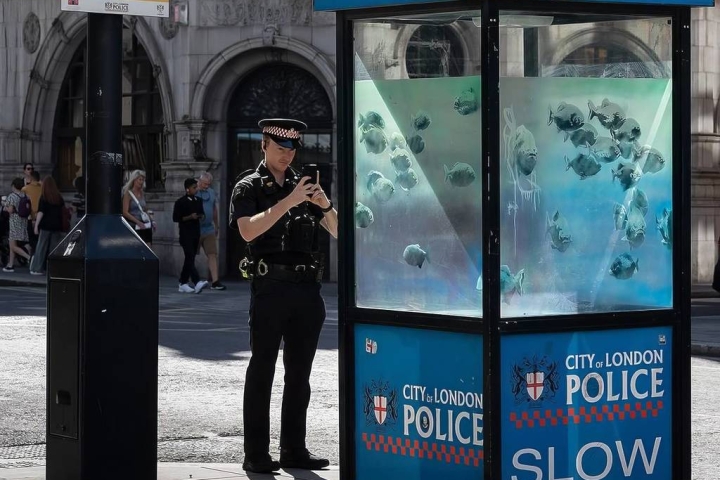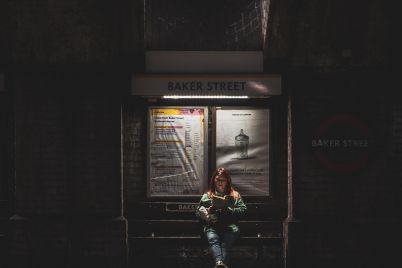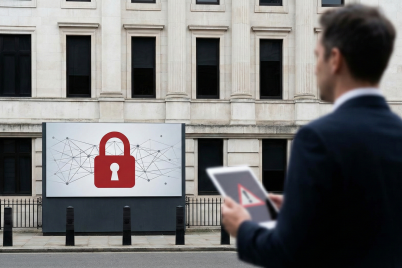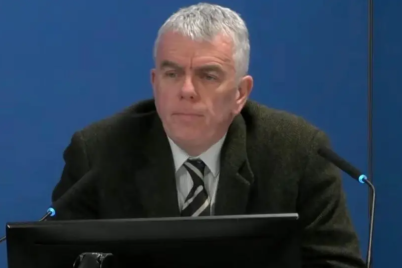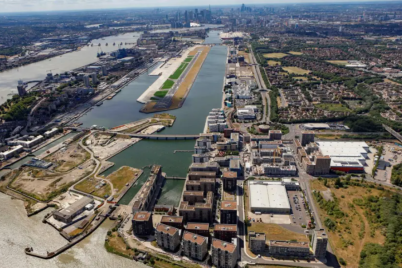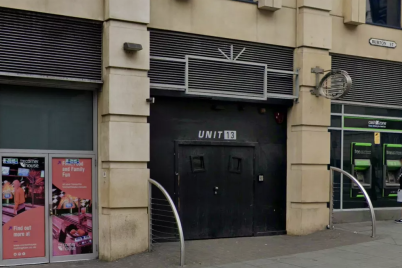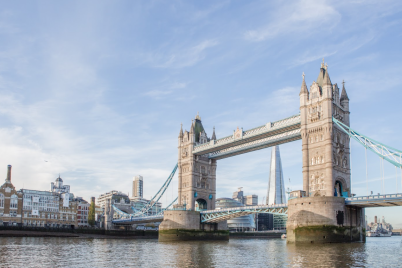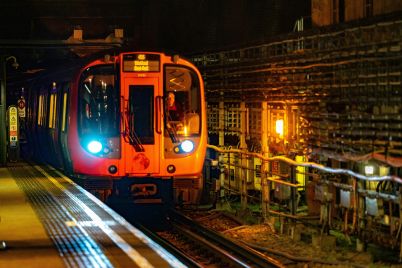The Banksy Piranhas London Museum display has been confirmed, with the artist’s police sentry box artwork set to feature at the museum’s new Smithfield site when it opens in 2026.
The piece, titled Piranhas, shows spray-painted fish swimming inside a police sentry box. It was one of nine animal-themed works that appeared across London in August 2024. The sentry box had stood on Ludgate Hill since the 1990s, but after Banksy confirmed the piece was his, the City of London Corporation removed it and placed it on view at Guildhall Yard behind barriers. It is now in storage until its new permanent home is ready.
The City of London Corporation voted to donate the artwork to London Museum as part of its £222 million relocation to Smithfield. The move is expected to attract around two million visitors each year and generate more than 1,500 jobs.
Glyn Davies, head of curatorial at London Museum, said: “With the arrival of Banksy’s Piranhas, our collection now spans from Roman graffiti to our first piece of contemporary street art. This work by one of the world’s most iconic artists now belongs to Londoners, and will keep making waves when it goes on show next year in the Museum’s new Smithfield home.”
Chris Hayward, policy chairman of the City of London Corporation, added: “Banksy stopped Londoners in their tracks when this piece appeared in the Square Mile – and now, we’re making it available to millions. By securing it for London Museum, we’re not only protecting a unique slice of the City’s story, but also adding an artwork that will become one of the museum’s star attractions.”
The Banksy Piranhas London Museum work was part of a wider series that unfolded across the capital over nine consecutive days. Other pieces included a rhinoceros mounting a car in Charlton, elephants stretching their trunks towards each other, monkeys swinging from a bridge in Brick Lane, and a gorilla lifting shutters at London Zoo to release other animals. understand that while the series has garnered global attention, it has not been without difficulties.
Some works were removed by authorities for safety reasons, including a cat painted on a billboard. Others were defaced, such as the rhino which was covered with graffiti by a group linked to the South Vandals.
A wolf painted on a satellite dish was stolen. Despite these challenges, many works survived long enough to spark debate over their meaning.
James Ryan, CEO of Grove Gallery, initially suggested the pieces carried political undertones, referencing conflicts and persecution. However, after the series concluded with the gorilla, he believed the theme shifted. “Since the final piece was revealed, there is a theme of incarceration; animals being trapped,” he said, adding that the gorilla represented “this grand great escape.”
James Peak, presenter of The Banksy Story on the BBC, argued that the artworks fit into the artist’s longstanding concern for animals. “Banksy campaigns often only really make sense backwards,” he explained. Looking at the full set, he suggested that the gorilla “explains why there are all these animals over London this last week.” He also noted the possibility of a broader message: “Maybe that we’re not doing enough to ensure animals globally have enough natural space.”
The Banksy Piranhas London Museum addition also reflects the institution’s evolving mission. Formerly known as the Museum of London, it closed its London Wall site in 2022 and adopted its new identity in 2024, ahead of the Smithfield opening. The museum already holds Roman graffiti and centuries of artefacts, and curators see the inclusion of Banksy as a way to connect past and present forms of urban expression.
When the London Museum opens its new site in 2026, Banksy Piranhas London Museum will be one of its most anticipated displays. A work that began as a fleeting piece of street art will take its place as part of London’s cultural record, accessible to millions every year.

